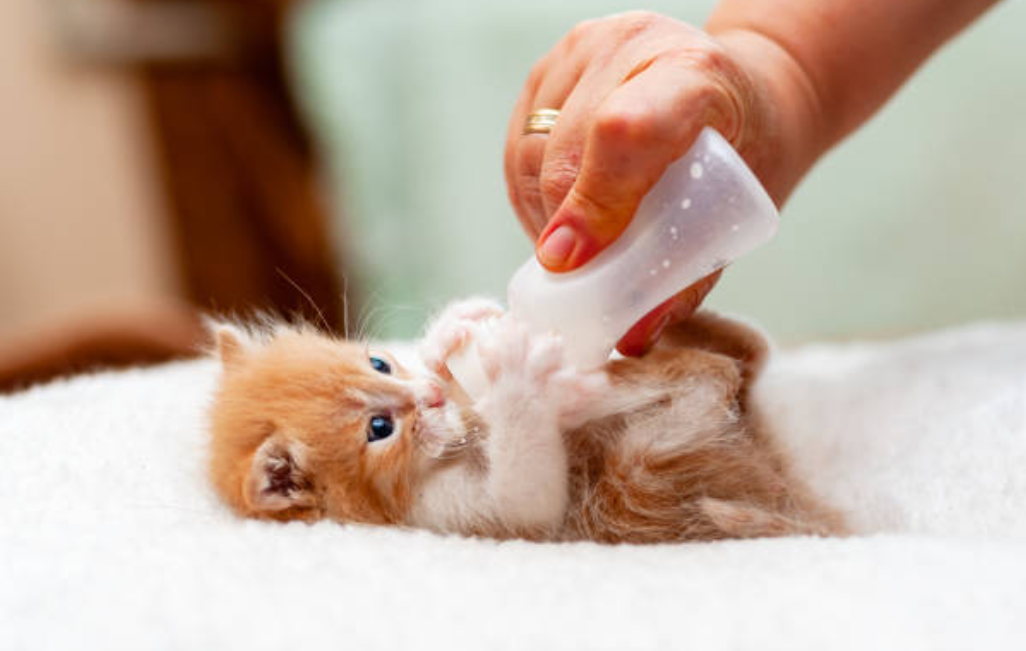The Importance of Proper Kitten Feeding
Feeding your kitten is not just about satisfying their hunger; it plays a crucial role in their overall health and development. Proper kitten feeding ensures they receive the necessary nutrients for growth, strengthens their immune system, and sets the foundation for healthy adulthood. By providing the right food and following the appropriate feeding practices, you can give your kitten the best start in life.
Understanding the Nutritional Needs of Kittens
Kittens have unique nutritional requirements that differ from adult cats. Their growing bodies need a balanced diet rich in protein, fats, and essential vitamins and minerals. This helps support their rapid growth, muscle development, and cognitive function. Providing appropriate nutrition tailored to their specific needs is vital for their well-being.
10 Surprising Facts About Cats Eating Dog Food: Best Complete Guide
Stage 1: Preparing for Kitten Feeding
Choosing the Right Food for Your Kitten
Selecting the right food for your kitten is crucial. Look for high-quality commercial kitten food that is specifically formulated to meet their nutritional needs. Opt for reputable brands that use real meat as the primary ingredient and avoid artificial additives. Remember, kittens require a higher caloric intake than adult cats, so choose food that is specifically labeled for kittens.
Essential Supplies for Kitten Feeding
Before bringing your kitten home, gather the necessary supplies for feeding. You’ll need kitten-sized bowls for food and water, a shallow dish for wet food, and a separate dish for dry food. Invest in a high-quality kitten formula and bottles if you have a very young kitten that requires bottle-feeding. Additionally, keep a clean towel or mat nearby to catch any spills or messes during mealtime.
Creating a Safe and Comfortable Feeding Area
Designate a quiet and calm area in your home as the kitten’s feeding spot. Make sure it’s away from loud noises and distractions. Provide a comfortable feeding station with bowls and fresh water readily available. Ensure the area is easily accessible for the kitten, especially if they are still adjusting to their new environment.
10 Essential Tips for Managing Cat Litter in Pregnancy: Best Comprehensive Guide
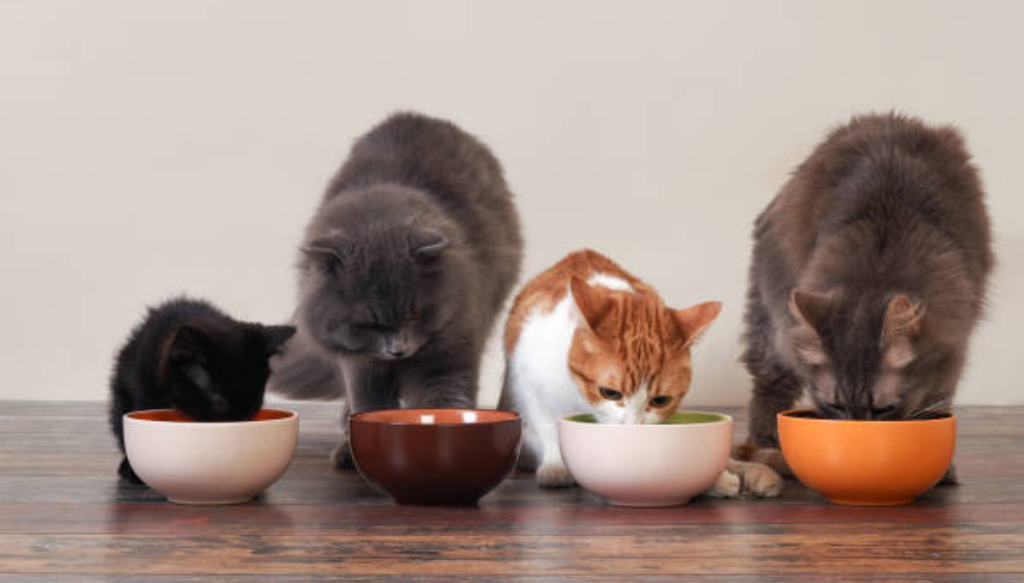
Stage 2: Establishing a Feeding Schedule
Frequency of Kitten Feedings
Kittens have small stomachs and high energy levels, so they require frequent feedings throughout the day. For kittens up to 8 weeks old, offer them small portions of food every 2-3 hours. As they grow older, you can gradually reduce the frequency and increase the portion size. By 6 months, most kittens can transition to 3-4 meals per day.
Transitioning from Milk to Solid Food
If you have a very young kitten, they might require bottle-feeding or supplemental feeding with formula. Consult with a veterinarian for guidance on proper bottle-feeding techniques and the appropriate formula to use. As the kitten grows, you can gradually introduce moistened kitten food, and over time, transition them to eating solid food exclusively.
Monitoring Kitten’s Appetite and Growth
Keep a close eye on your kitten’s appetite and growth. A healthy kitten will have a good appetite, steadily gain weight, and display playful behavior. If you notice any sudden changes in their eating habits or weight, consult with a veterinarian to rule out any underlying health issues.
Stage 3: Feeding Techniques and Best Practices
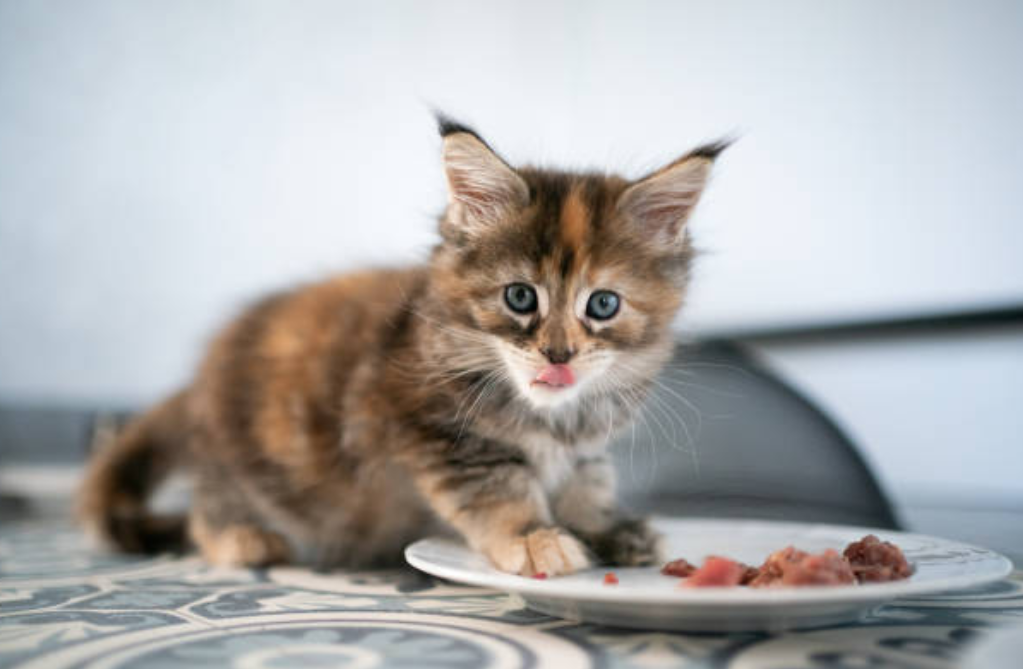
Bottle-Feeding Kittens: Step-by-Step Guide
If you have a very young kitten that requires bottle-feeding, follow these steps for a successful feeding session. Wash your hands and the bottle thoroughly. Warm the formula to body temperature and carefully hold the kitten in a comfortable position. Gently introduce the bottle nipple to their mouth, allowing them to suckle at their own pace. Monitor the feeding session closely and provide love and comfort afterward.
Introducing Wet and Dry Food to Kittens
As your kitten grows, you can introduce both wet and dry food into their diet. Wet food provides hydration and variety, while dry food helps strengthen teeth and jaws. Start by offering small amounts of wet food mixed with formula or water to create a soft consistency. Gradually reduce the liquid content until they can eat wet food independently. Offer dry food alongside wet food to encourage chewing and dental health.
Ensuring Proper Hydration
Proper hydration is essential for your kitten’s well-being. Always provide fresh, clean water in a shallow bowl alongside their food. Monitor their water intake and ensure the bowl is filled regularly. If you notice your kitten is not drinking enough water, consult with a veterinarian, as dehydration can be a serious concern.
Stage 4: Addressing Common Kitten Feeding Challenges
Overfeeding vs. Underfeeding: Finding the Right Balance
It can be challenging to determine the right amount of food for your growing kitten. Overfeeding can lead to obesity and health issues, while underfeeding can result in malnutrition and stunted growth. Follow the feeding guidelines provided on the kitten food packaging, but also monitor your kitten’s body condition and adjust the portion sizes accordingly. Consult with a veterinarian for personalized advice based on your kitten’s specific needs.
Dealing with Fussy Eaters
Some kittens can be picky when it comes to food. If your kitten is being fussy, try offering a variety of textures and flavors to find what they prefer. Warm the food slightly to enhance its aroma and appeal. Avoid forcing your kitten to eat, as it can create negative associations with mealtime. Be patient and persistent, and consult with a veterinarian if the fussiness persists.
Managing Food Allergies and Sensitivities
Just like humans, kittens can develop food allergies or sensitivities. Keep an eye out for any signs of digestive upset, skin issues, or excessive itching after eating. If you suspect your kitten has food allergies, consult with a veterinarian to determine the allergen and switch to a hypoallergenic or limited-ingredient diet.
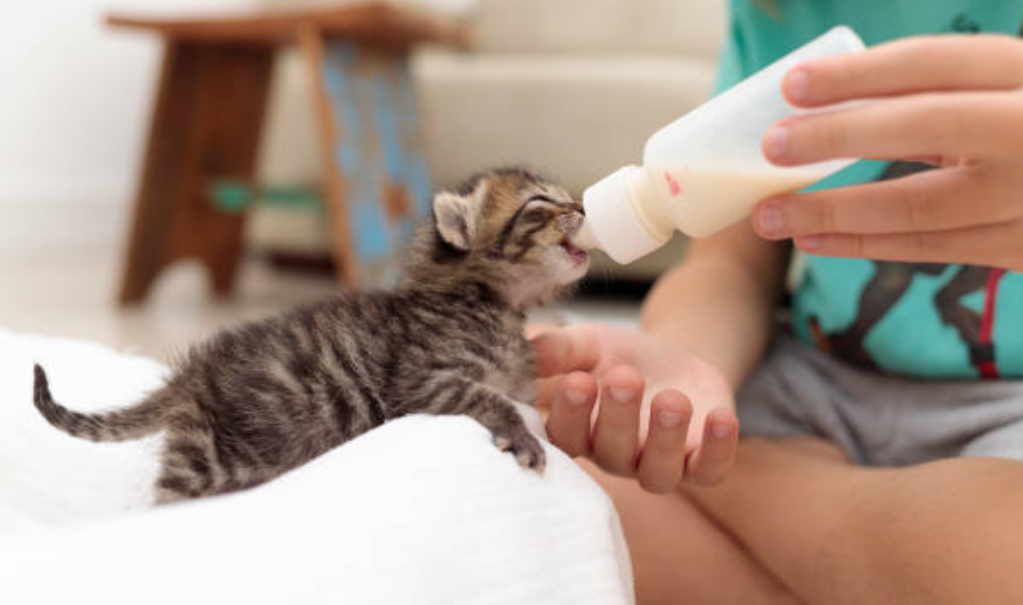
Stage 5: Gradual Transition to Adult Cat Food
10 Essential Tips for Feeding Your Vegan Cat: Best Comprehensive Guide
When to Start Transitioning
Around 12 months of age, your kitten will begin transitioning to adult cat food. The exact timing may vary based on your kitten’s breed and individual development. Consult with a veterinarian to determine the best time to make the switch and ensure a smooth transition.
Transitioning Techniques and Tips
To transition your kitten to adult cat food, start by mixing a small amount of the new food with their existing kitten food. Gradually increase the proportion of adult cat food for 7-10 days. This gradual transition helps prevent digestive upset and allows your kitten to adjust to the new food gradually.
Selecting the Right Adult Cat Food
When selecting adult cat food, choose a high-quality brand that meets the nutritional needs of your specific cat breed. Look for a formula that provides balanced nutrition with real meat as the primary ingredient. Consider any specific dietary requirements or health concerns your cat may have and consult with a veterinarian if needed.
Kitten feeding, most relevant content around the net pets.webmd.com, be.chewy.com, www.petmd.com
Frequently Asked Questions For Kitten Feeding
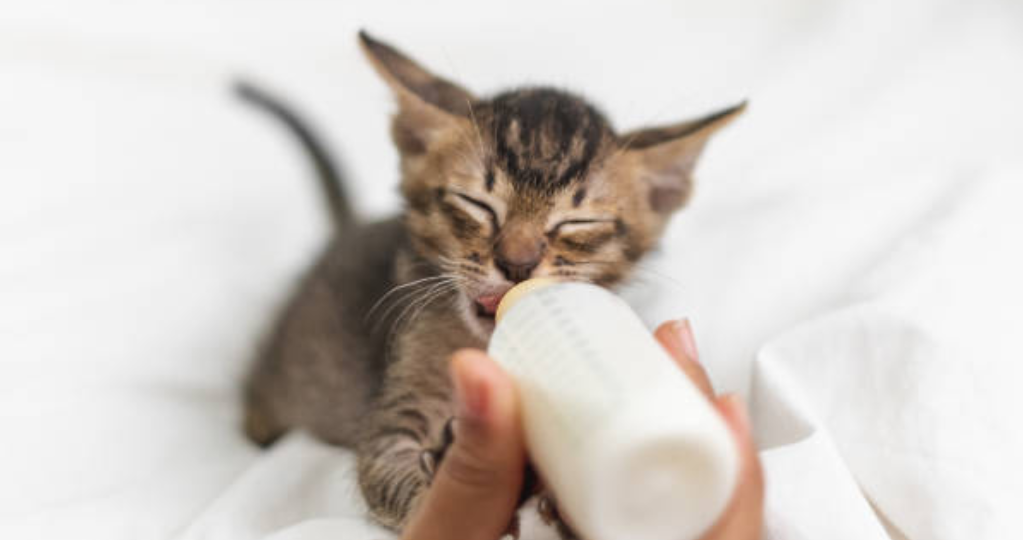
Q: How often should I feed my kitten?
A: Kittens require frequent feedings due to their small stomachs and high energy levels. For kittens up to 8 weeks old, offer small portions of food every 2-3 hours. As they grow older, you can gradually reduce the frequency and increase the portion size. By 6 months, most kittens can transition to 3-4 meals per day. Monitor your kitten’s appetite and consult with a veterinarian to ensure you’re meeting their specific needs.
Q: Can I feed my kitten adult cat food?
A: It’s important to feed kittens specially formulated kitten food to meet their specific nutritional requirements. Kitten food is higher in calories, protein, and essential nutrients necessary for their growth and development. Adult cat food may not provide the necessary levels of nutrients for a growing kitten. Consult with a veterinarian for guidance on transitioning to adult cat food once your kitten reaches the appropriate age and developmental stage.
Q: How do I transition my kitten to solid food?
A: Transitioning your kitten to solid food is a gradual process. Start by mixing small amounts of moistened kitten food with their formula or water to create a soft consistency. Over time, decrease the liquid content and increase the amount of solid food. Offer a variety of textures and flavors to entice your kitten to eat. Patience is key during this transition, and consulting with a veterinarian can provide additional guidance based on your kitten’s specific needs.
Q: What if my kitten is a picky eater?
A: Some kittens can be picky when it comes to food. If your kitten is being fussy, try offering a variety of textures and flavors to find what they prefer. Warming the food slightly can enhance its aroma and appeal. Avoid forcing your kitten to eat, as it can create negative associations with mealtime. Be patient and persistent, and consult with a veterinarian if the fussiness persists for further evaluation and recommendations.
Q: How can I ensure my kitten stays hydrated?
A: Adequate hydration is crucial for your kitten’s health. Always provide fresh, clean water in a shallow bowl alongside their food. Monitor their water intake and ensure the bowl is regularly refilled. Some kittens may prefer running water, so consider using a pet fountain. If you notice your kitten isn’t drinking enough water, consult with a veterinarian, as dehydration can be a serious concern that may require additional intervention or specialized care.
Conclusion
5 Common Reasons Why Your Cat Throwing Up Food: Best Complete Guide
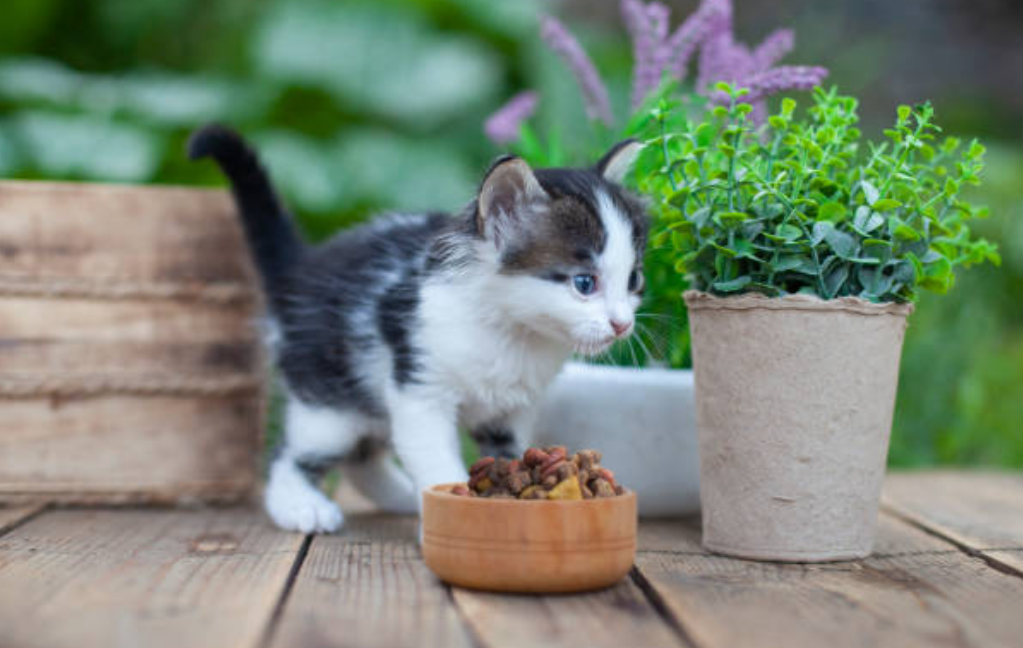
Proper kitten feeding is essential for their growth, health, and well-being. From choosing the right food to establishing a feeding schedule and addressing common challenges, these essential tips will help you provide the best care for your kitten.
Providing Proper Nutrition for Lifelong Health
By following these tips and providing your kitten with proper nutrition, you are setting them up for a healthy and happy life. Remember to consult with a veterinarian for personalized advice and guidance throughout your kitten’s growth and development.
Remember, each kitten is unique, so it’s important to consider their individual needs and consult with a veterinarian for personalized guidance. With proper nutrition, care, and love, you can ensure your kitten grows into a healthy and thriving adult cat.
7 Fascinating Facts About Cats and Chocolate: Unveiling the Sweet Surprises
We value your thoughts and experiences! We invite you, our valued readers, to share your thoughts, questions, and experiences in the comments section below. Whether you have additional tips for successful kitten feeding, personal anecdotes to share, or questions that need answers, we’d love to hear from you. Your comments not only contribute to the ongoing conversation but also provide valuable insights and support to fellow kitten owners. So, don’t hesitate to join the discussion and let your voice be heard. We look forward to engaging with you and building a community of knowledge and shared experiences.
